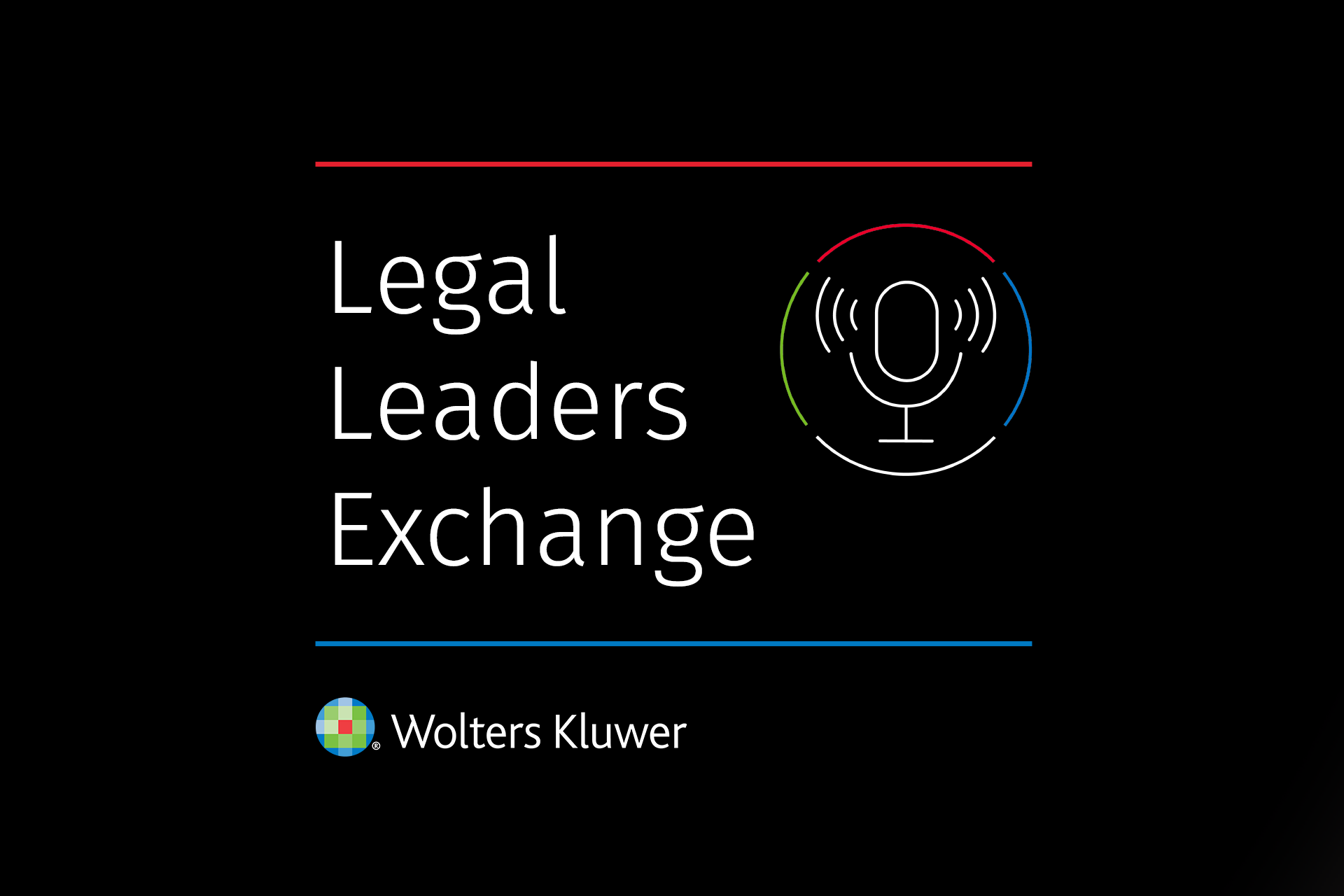The Wolters Kluwer ELM Solutions Real Rate Report is an in-depth analysis of law firm rates, with data broken out by timekeeper role, geography, practice area, firm size, and many other factors that impact how much legal departments spend on outside counsel. The analysis is based on actual bills, not the “rack rates” that firms publish but rarely charge to actual clients.
Journalists covering the legal industry have often turned to the Real Rate Report when writing about developments that affect their readers. They can use the benchmark data to compare outside counsel markets, identify trends, and help readers better understand how much they should expect to pay for legal services.
Here are a few examples of legal industry publications that have included data from the Real Rate Report in their coverage recently:
This article focuses on increases in outside counsel rates and which industries and cities saw the biggest hikes. The American Lawyer reported that the consumer, financial services, and healthcare industries were subject to particularly high rate increases. In addition, some Texas cities had billing rate increases that were above average. The article also includes perspective from Jeffrey Solomon, Wolters Kluwer ELM Solutions vice president and general manager for LegalVIEW® BillAnalyzer, including some findings on where rates remained flat or, in fact, fell.
In their daily Wake Up Call column, where they highlight some of the day’s most notable news in brief summaries, Bloomberg Law focused on the differences in rate increases for timekeepers in various roles within firms. The article also includes a link to further information on the topic.
Above the Law’s fun daily quiz column used data from the Real Rate Report to test readers on their knowledge of rising rates and where they have hit hardest.
To read more about the specific findings in the latest Real Rate Report, read our announcement about it. And to delve into the data for yourself, visit our Real Rate Report page to purchase the current report, along with previous reports that support comprehensive, independent study of rate trends over time.





